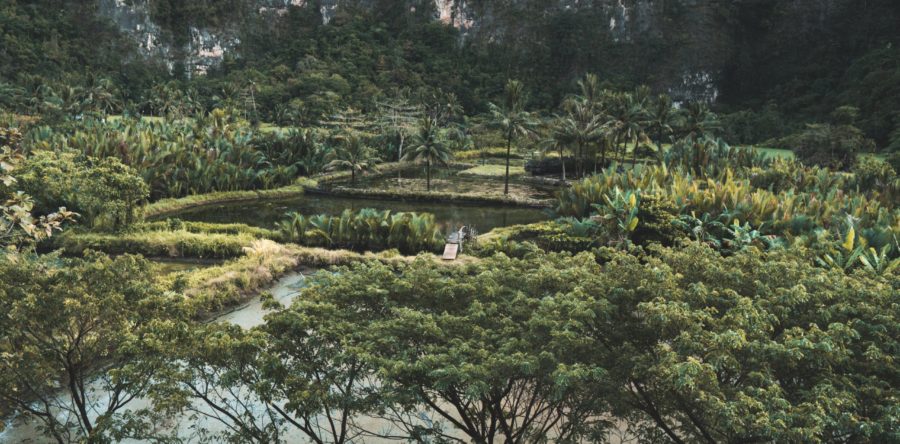Volume 7 Issue 1: International Journal of UNESCO Biosphere Reserves. [pdf-embedder url="http://biospherejournal.org/wp-content/uploads/2024/04/Volume-7-Issue-1.pdf" title="Volume 7 Issue 1"]
More
Volume 7 Issue 1: International Journal of UNESCO Biosphere Reserves








